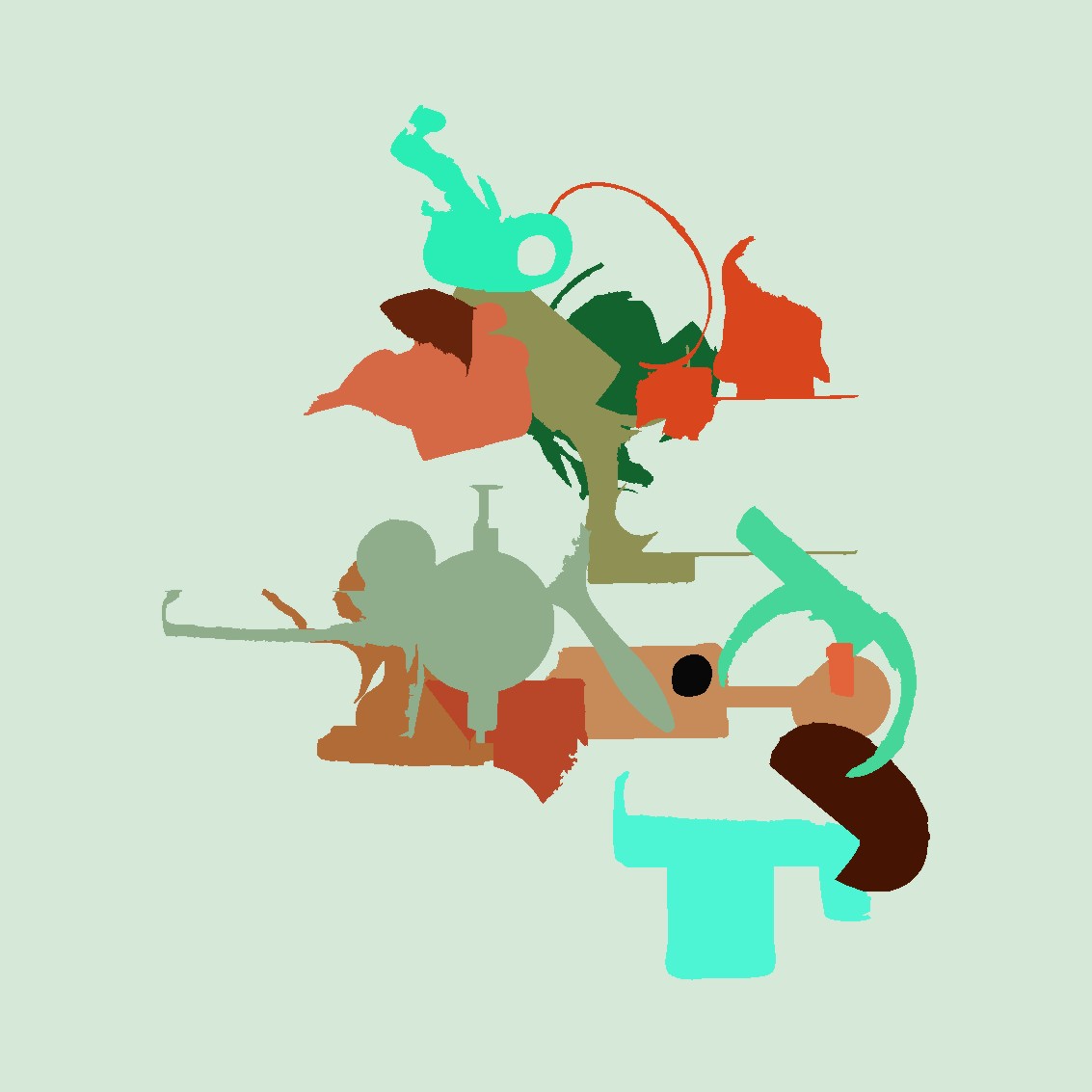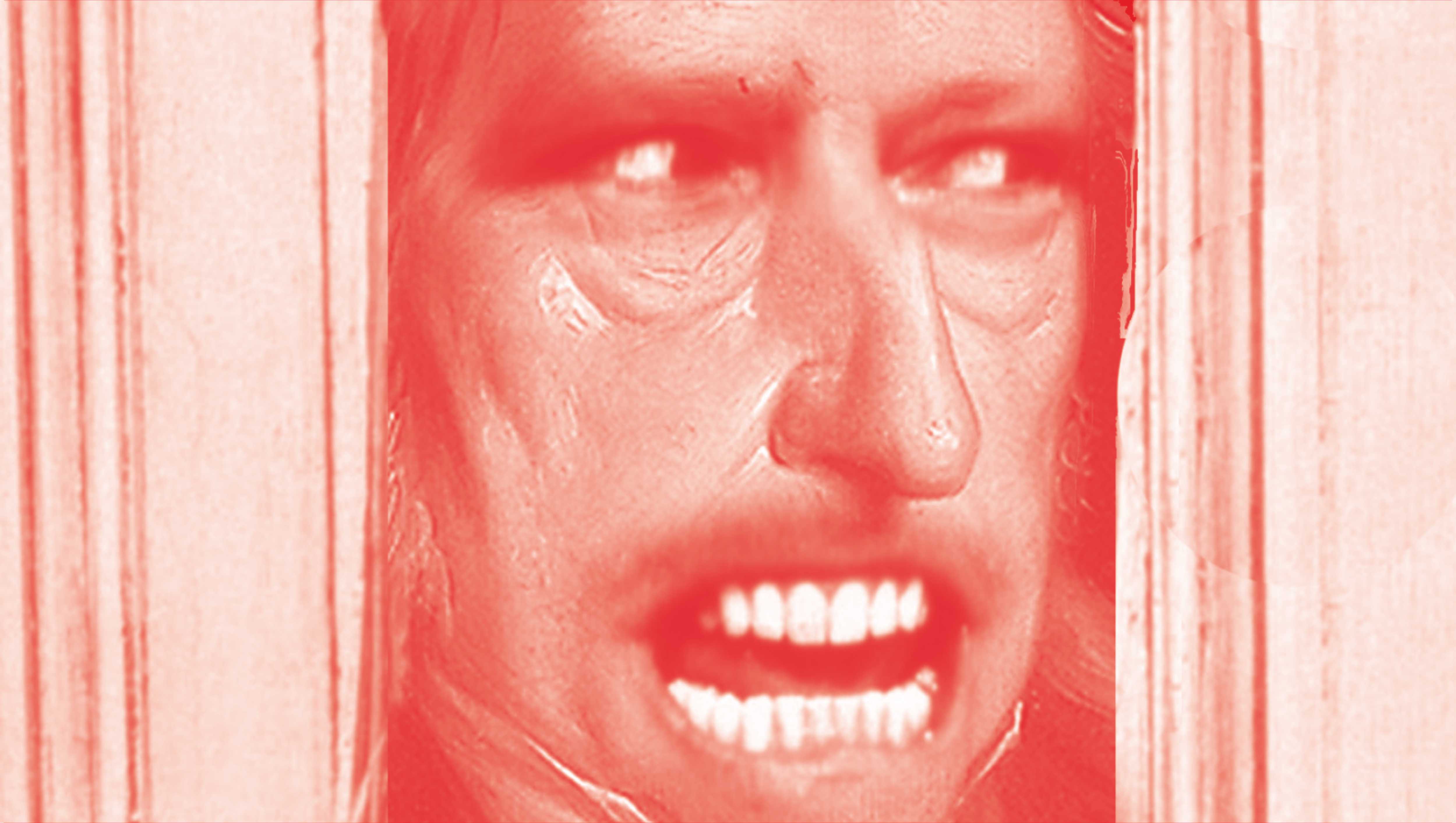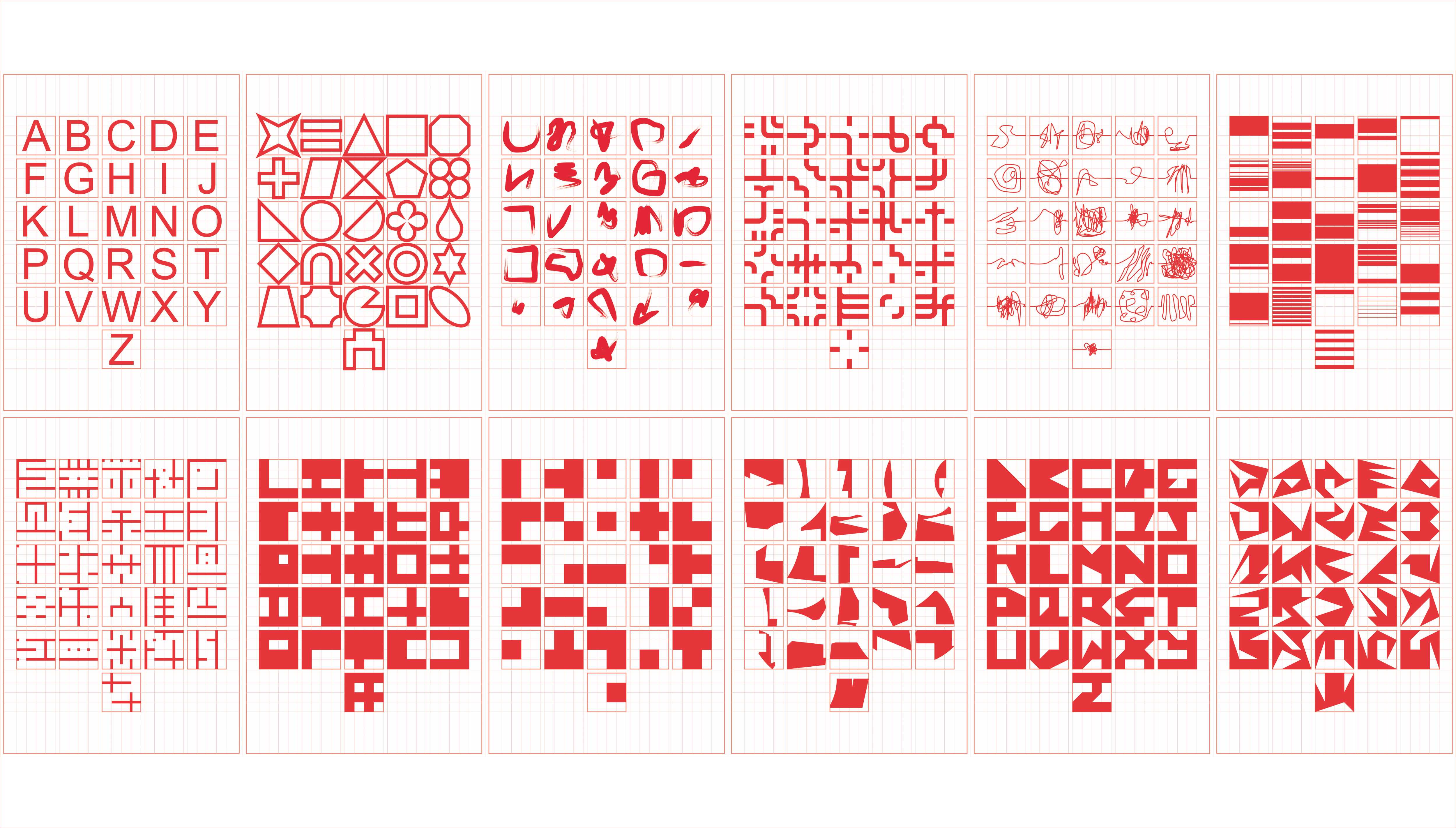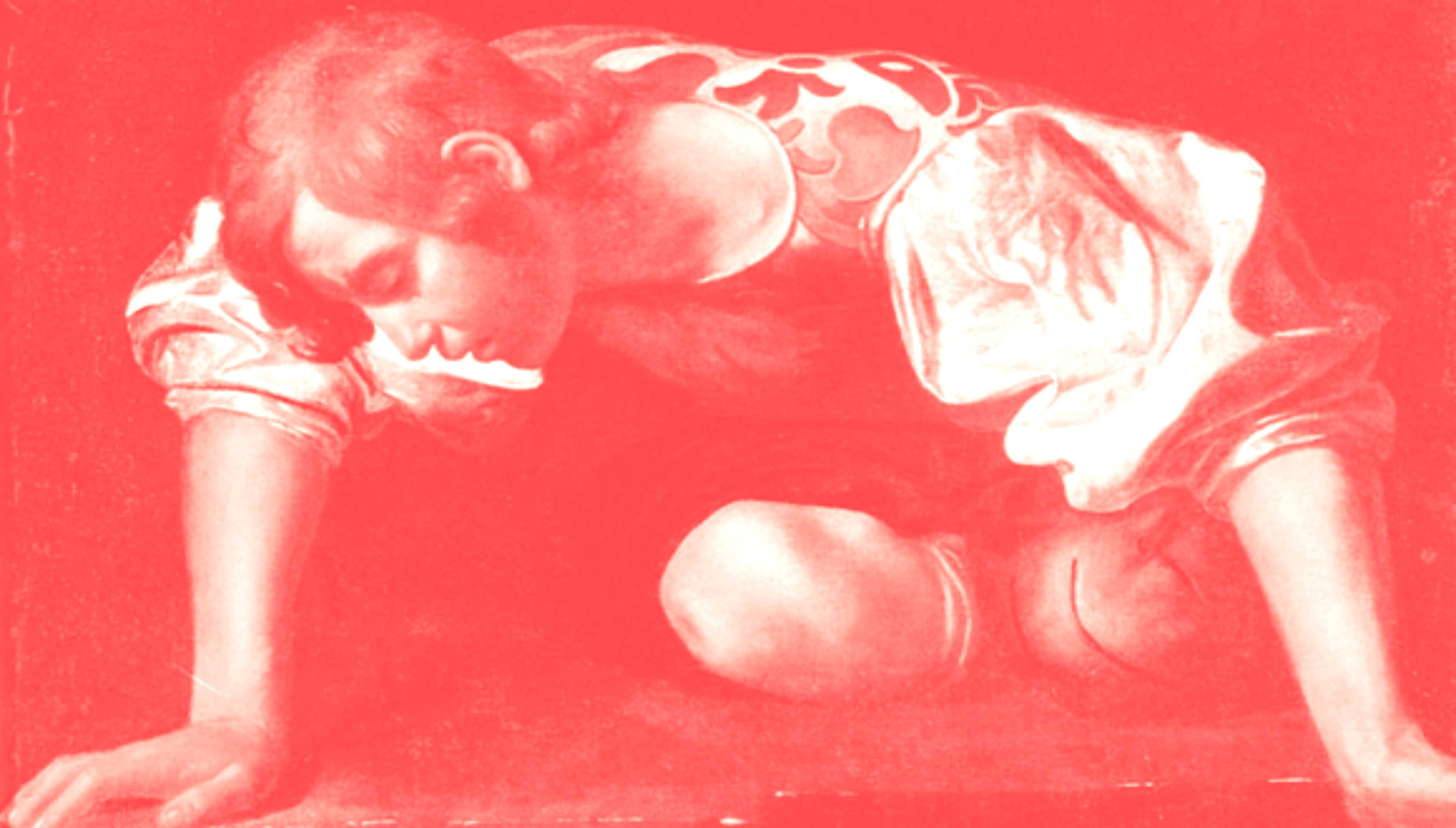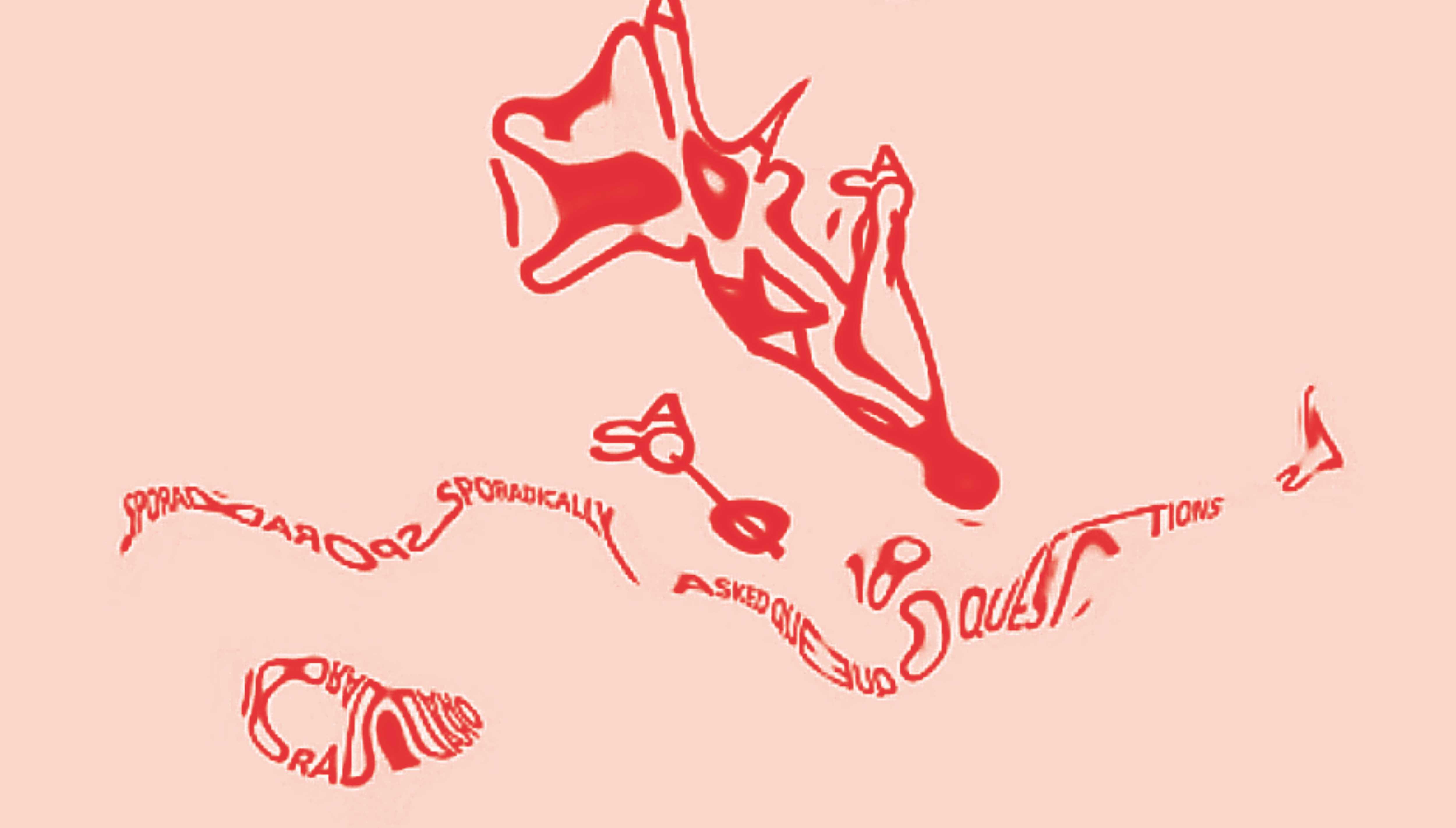Objects, Groups and Couplings
[2019]> First year Group - Design and Theory Workshop with Ar.Daniel Norell - Städelschule Architecture Class (SAC)
This workshop takes its cues from contemporary discourse on re-purposing ’the real’ as well as from historical examples of re-purposing in art and architecture, such as the found object, adhocism, and spolia. A set of objects were selected according to certain criteria, and they formed the stock / raw material for the design work. The objects were then grouped into architectural massing following typical as well as atypical means of assembly, such as post-lintel, stacking, puzzle, etc. These 3D compositions were then digitized using scanning techniques such as photogrammetry. The digital models and drawings were then analysed, both with regards to adjacencies of objects and with regards to the actual means of connection.
An Assemblage / composition of everyday objects (readymades) was captured (photographed and 3d scanned) and then processed through various softwares which flattened, softened, vectorized, posterized, re-arranged, re-organised and thus manipulated its form, producing innumerable variations. Each program read the objects differently as it was fed with mediated versions of the actual objects and there was a loss / gain in the overall form at every stage of translation.
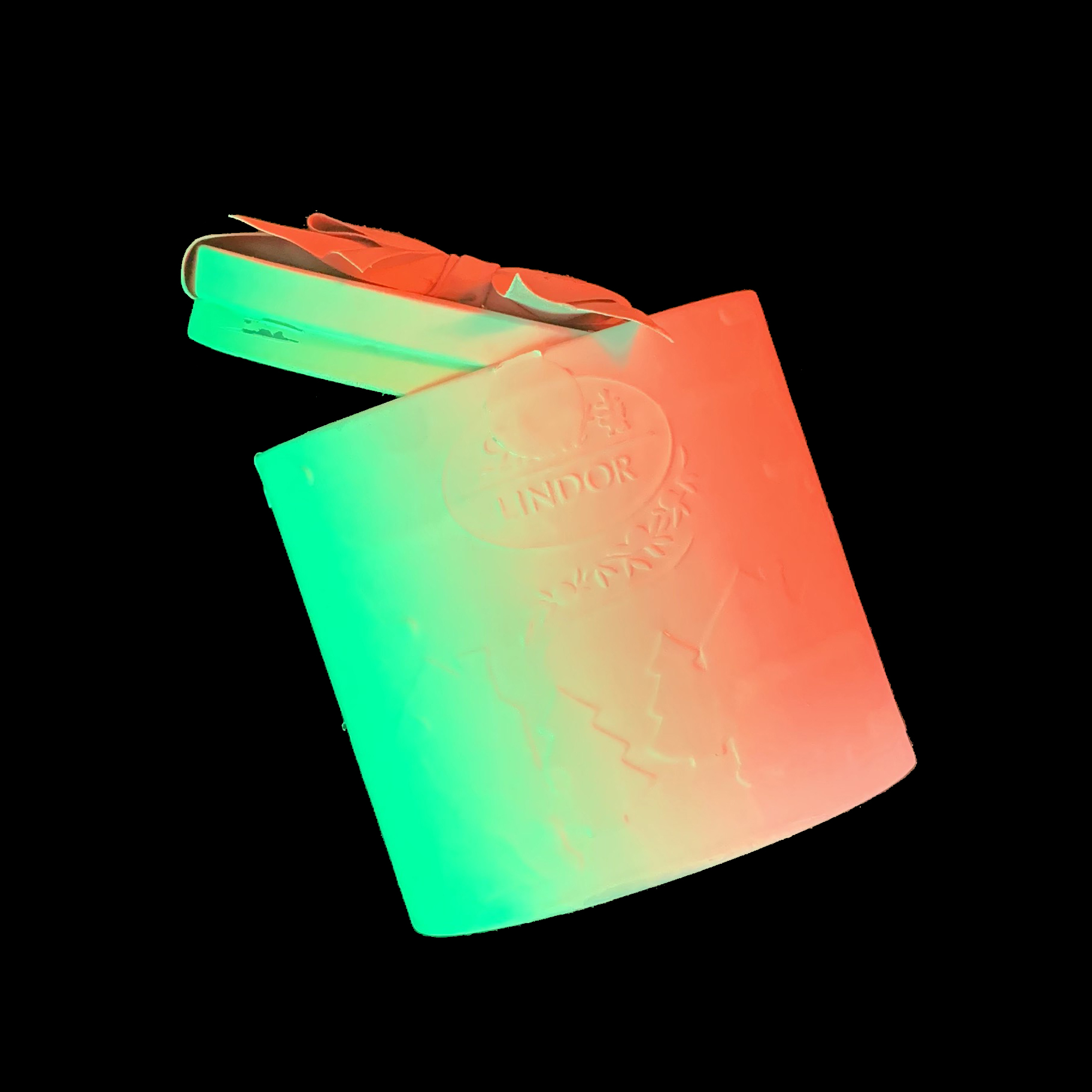


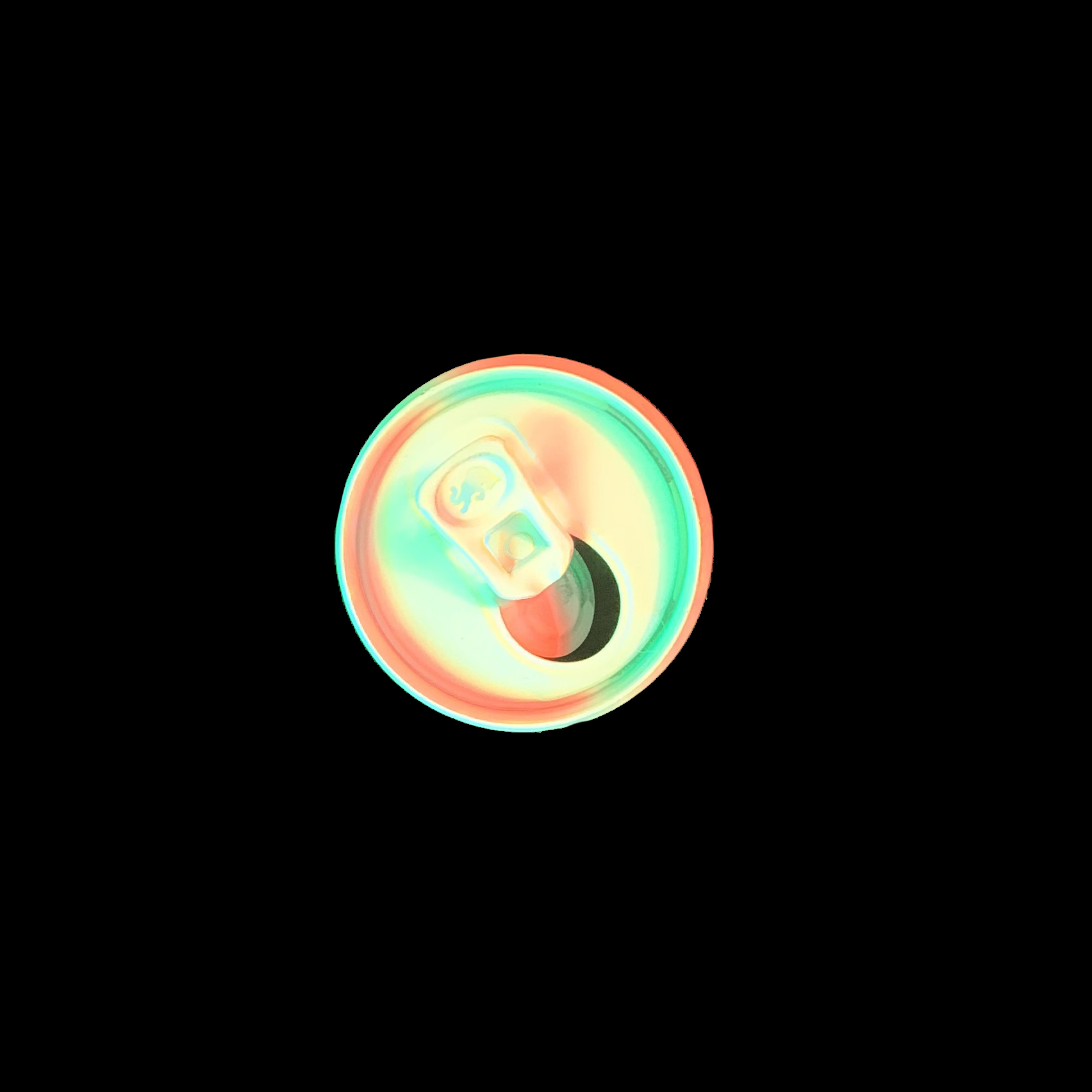
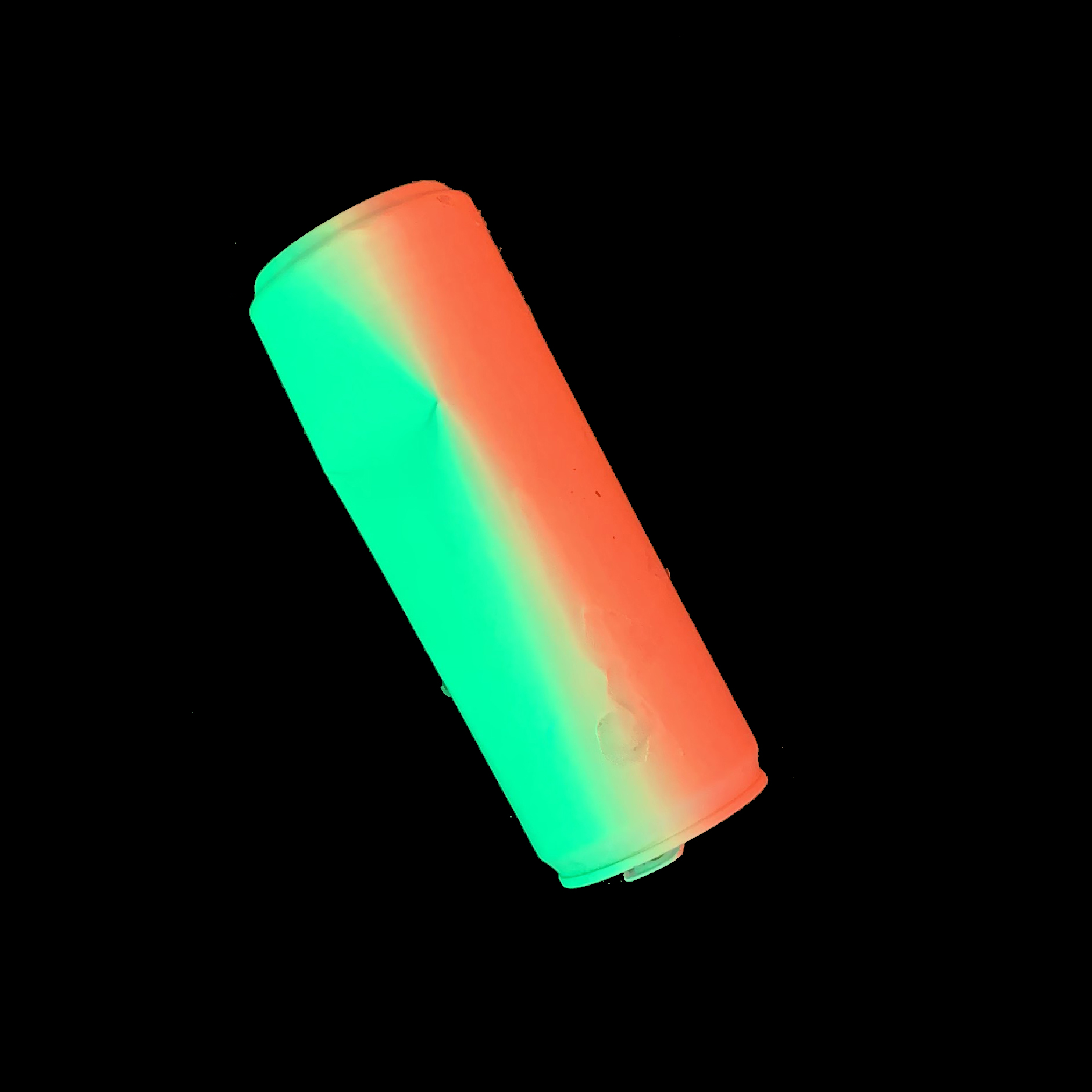





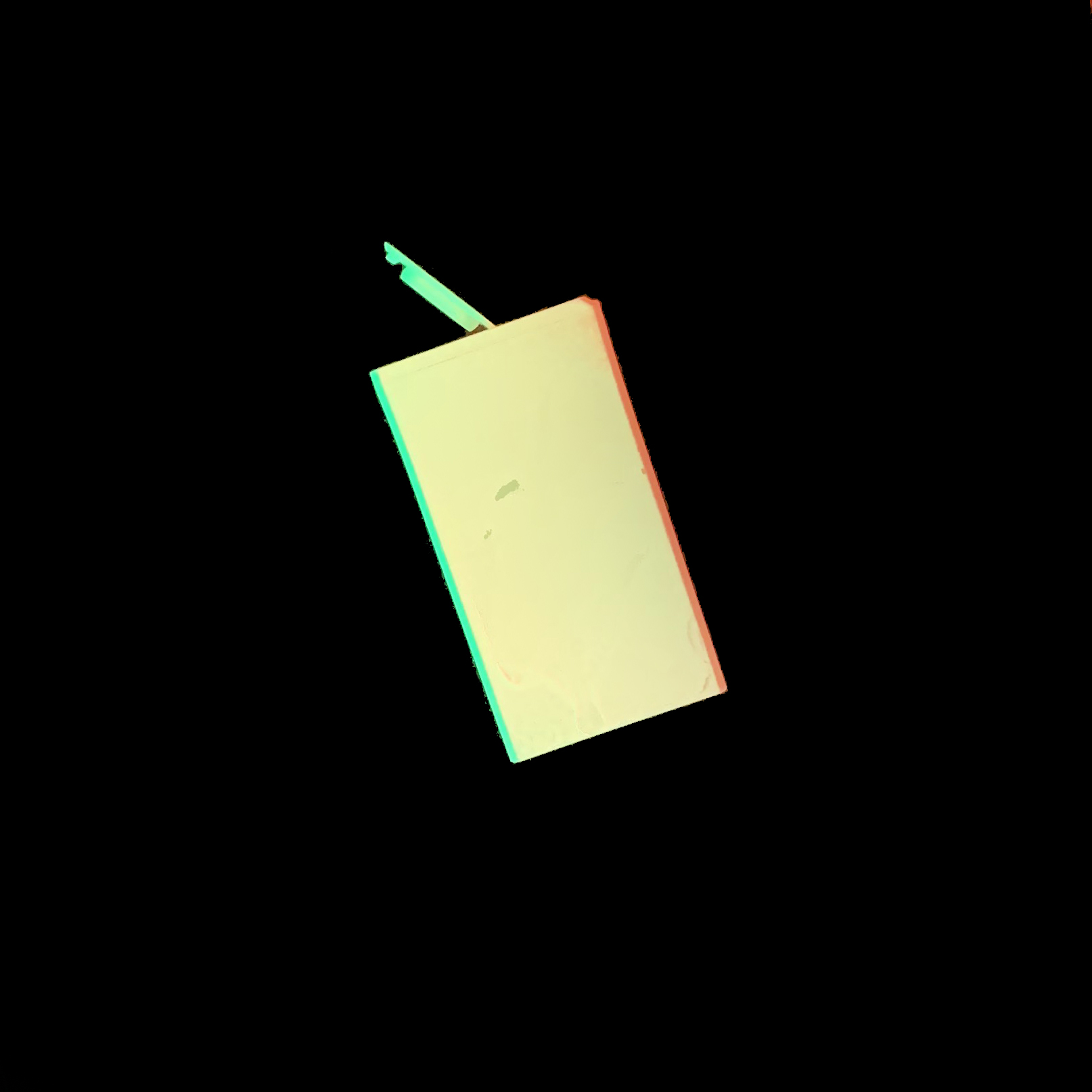



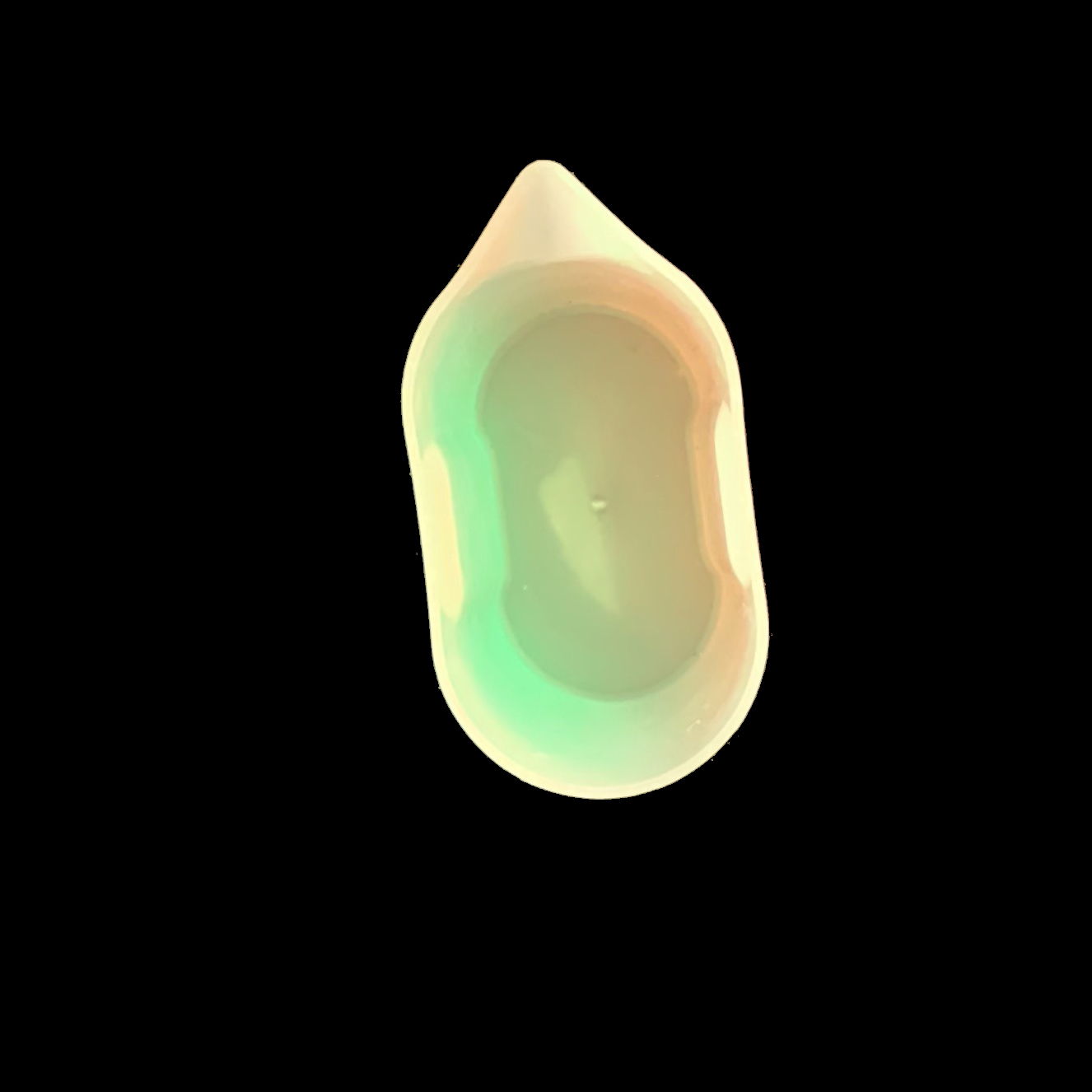









In terms of representation, the workshop will investigated how photogrammetry may be used to capture geometry, colour and texture of existing, unique objects for the purposes of using them as a basis to create new designs. Architectural drawings typically delineate surfaces and masses through abstract line work. The work produced in the workshop expanded that register by channelling properties such as colour, texture and materiality into drawings. By playing with lighting, painting and postproduction of meshes and image maps during the process of photogrammetry, a study was conducted on how properties of the original objects were altered as they shift between mediums.



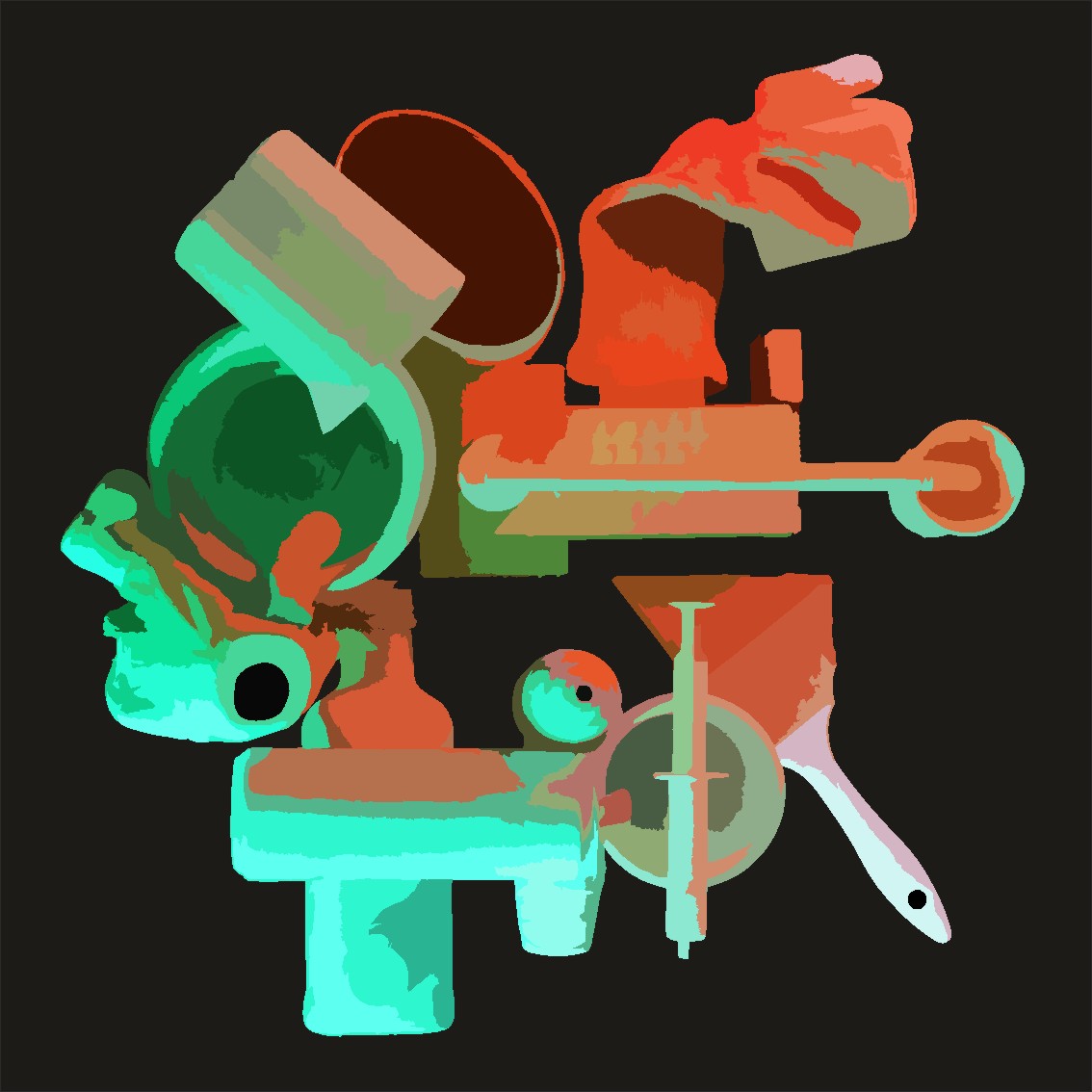










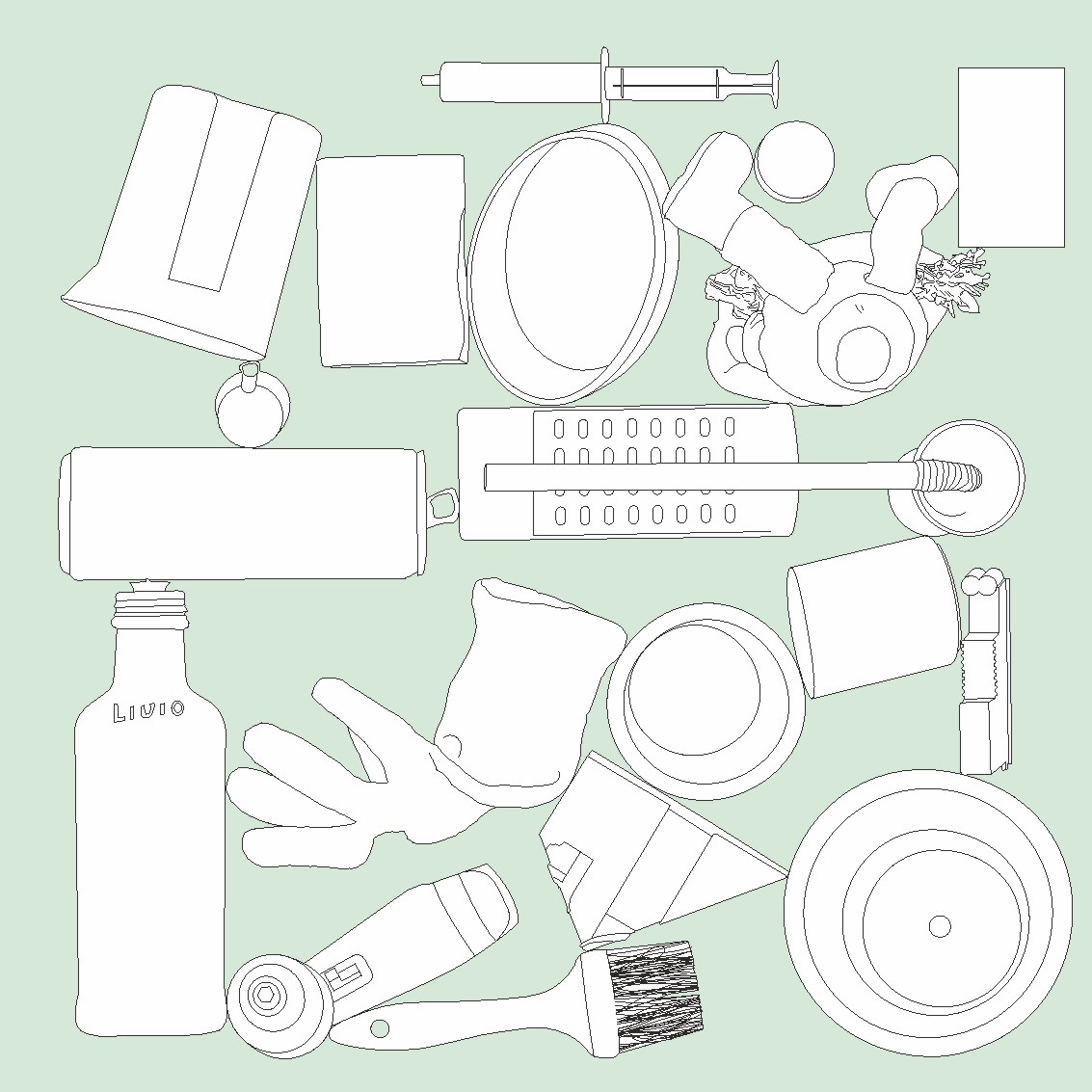
















Various factors such played role in mediating and manipulating form such as different capacities and ways of perceiving depth, reading the 3 dimensionality of objects, varied bases of operation that being colour based, line based, patch based, etc and the inherent logic of object or component identification, coupling and grouping.

